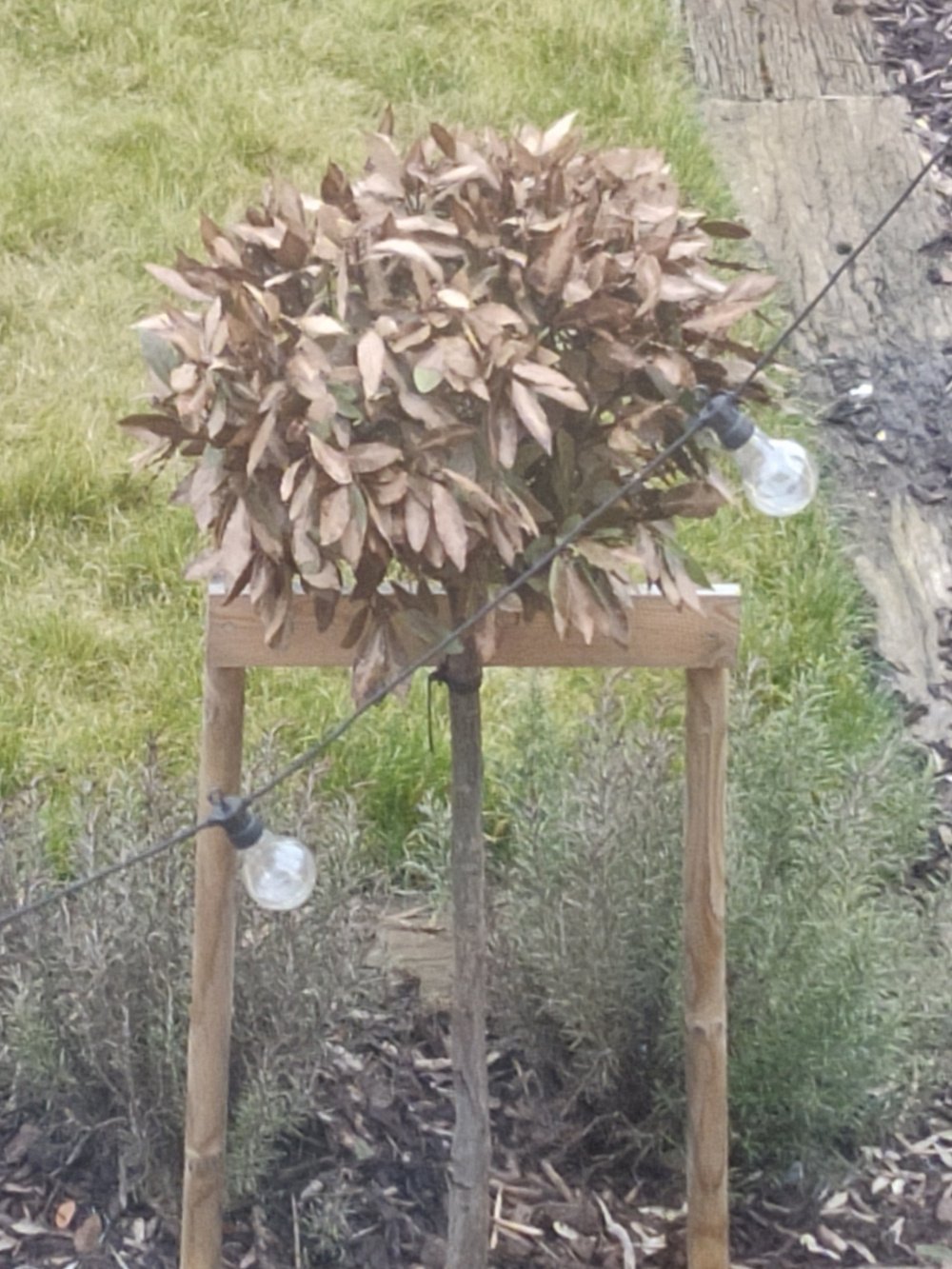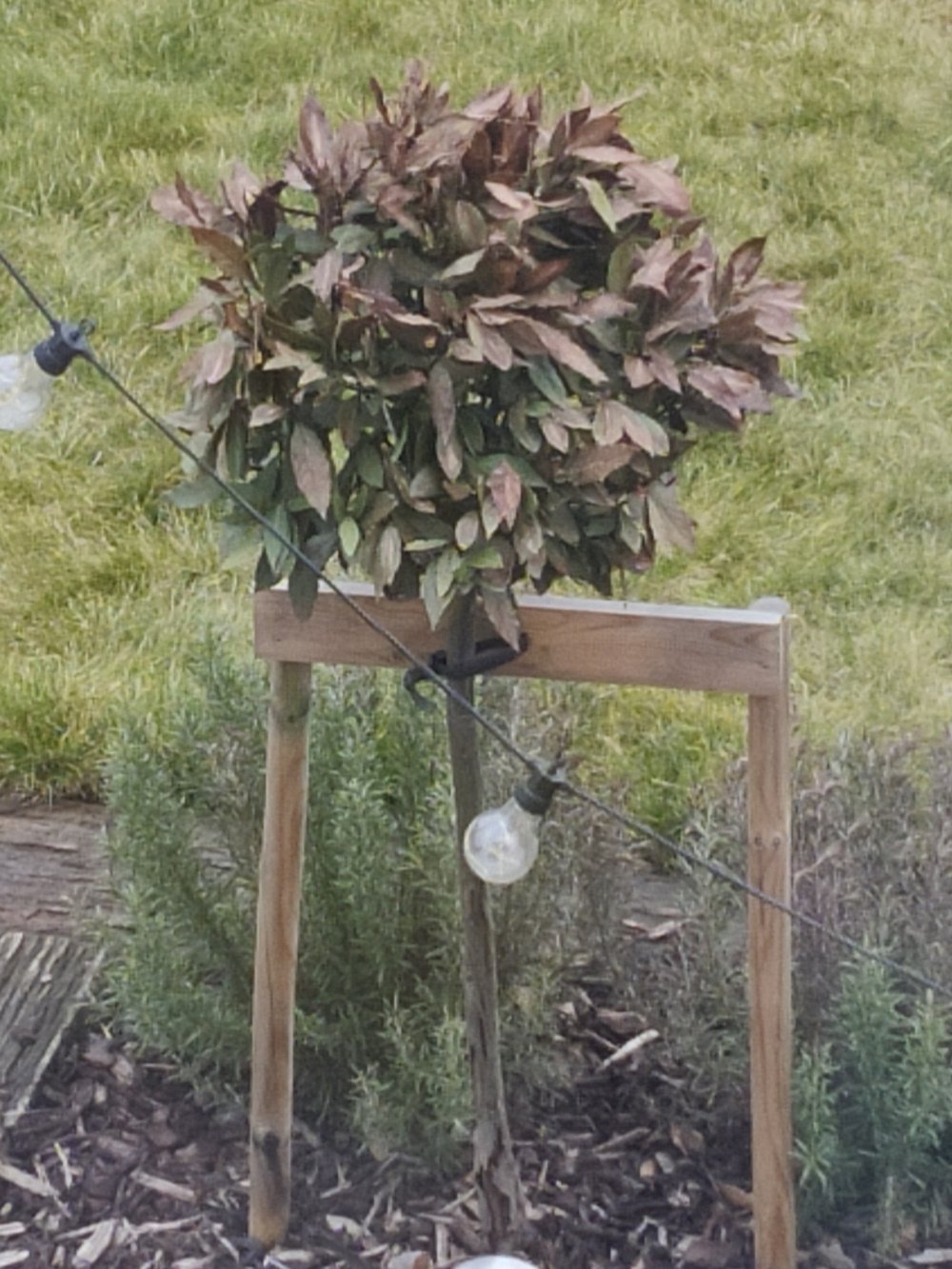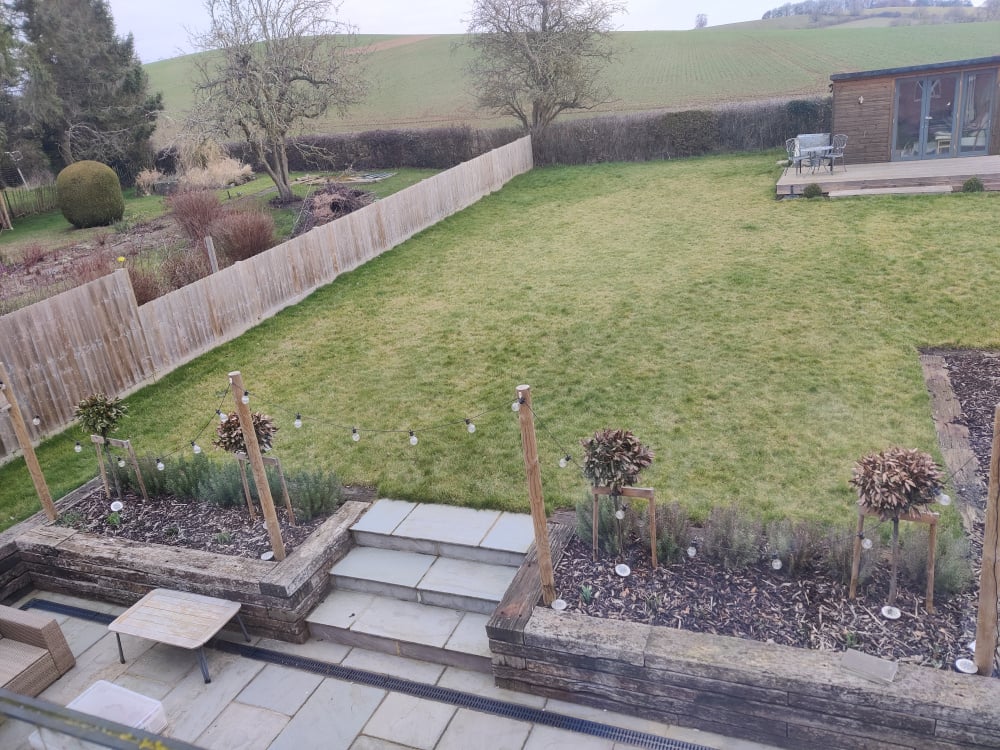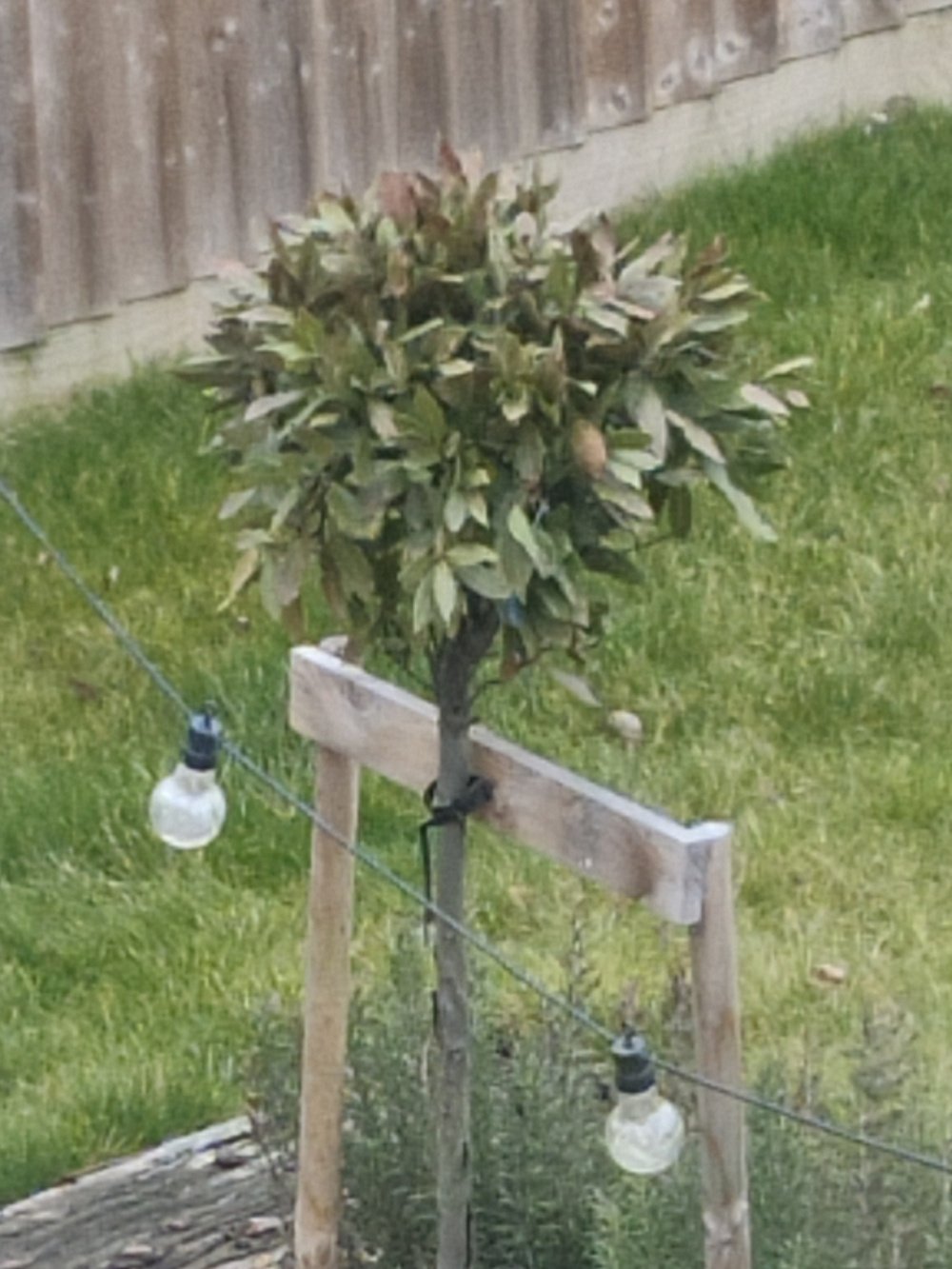This Forum will close on Wednesday 27 March, 2024. Please refer to the announcement on the Discussions page for further detail.
Can I save my bay trees?
 chloewebber01FRI2B6
Posts: 4
chloewebber01FRI2B6
Posts: 4
My gardener planted these 4 bays for me last summer. The leaves have browned on all, more so on some. There is some greenery left. The bark on all of the trees is coming away from the main stem, not sure if that's related.
We have heavy soil here, but the front beds where they're planted are full of top soil and we added in sand for drainage and compost.
The garden is north facing so the bed closest to the garage on the right receives only afternoon sun.
Any help much appreciated as what can I do to help them survive? 🙏🌱




We have heavy soil here, but the front beds where they're planted are full of top soil and we added in sand for drainage and compost.
The garden is north facing so the bed closest to the garage on the right receives only afternoon sun.
Any help much appreciated as what can I do to help them survive? 🙏🌱




0
Posts
They might come back when the weather improves, or they might not. The weather has been difficult for them this winter.
Lots of folk on the forum grow them, so they may be able to advise further. Not something I grow. You can also try the search function at the top of the page, as there's been several threads about weather damaged bays in the last few weeks.
I live in west central Scotland - not where that photo is...
"Have nothing in your garden that you don't know to be useful, or believe to be beautiful."
I found these threads though which also might help @chloewebber01FRI2B6
https://forum.gardenersworld.com/discussion/comment/2582888#Comment_2582888
https://forum.gardenersworld.com/discussion/comment/2579123#Comment_2579123
I live in west central Scotland - not where that photo is...
One of mine in a pot, suffered stem bark damage from frost a few years back. It lost about 1/4 of the diameter in a patch about 50 cm long. I treated the exposed wood with fungicide and darkened it for cosmetic reasons. It is growing well now.
I suggest you cut back the branches until you come to live wood (greenish). You will have to be as radical as needed, if there is still life, they will rebound quickly.
Many years back Hidcote Gardens gave up on baytrees and grew mophead Portuguese Laurels instaed. But there is really nothing like bay.
"Have nothing in your garden that you don't know to be useful, or believe to be beautiful."
Gardening in Central Norfolk on improved gritty moraine over chalk ... free-draining.
In the sticks near Peterborough
Yes - if that's coming off, there's really no hope as @nutcutlet says
I live in west central Scotland - not where that photo is...
There is a huge bay tree growing near me now, the soil conditions will be much lighter than mine, it also has the protection of a wall. Microclimate can make such a big difference when it comes to less hardy plants surviving a cold wet windy winter.
Having worked as a gardener I wouldn't have recommended you plant bays in such an open site. It can be difficult sometimes from a gardener's perspective when a client is set on a particular plant that I understand.
Portugeuse laurel and Photinia are also grown as lollipops, they are hardier but I think you would still be looking at some serious wind scorch at the very least on such an open site.
Peeling bark - following the recent harsh winters many bay trees developed cracking and peeling bark, especially on the lower main stems. The cause is uncertain, but the winter cold, and possibly other stress factors such as fluctuating soil moisture levels are likely to be involved. Though the damage looks alarming it does not appear to be invariably fatal. If the rest of the plant is growing normally or recovering from winter damage (recovery should be apparent by midsummer if it is to happen) no action is needed.
However, if the growth above the damaged area is dead, remove the dead parts cutting to healthy wood (i.e. green under the bark) or to near soil level. Recovery from lower down or soil level often occurs.
Unfortunately this means you will lose the standard lollipop shape which is probably not what you want. It's probably worth considering a suitable replacement which will be happy in those exposed conditions. Elaeagnus is a possibility, it is evergreen and can also be topiarised, often used as an alternative to Bay.